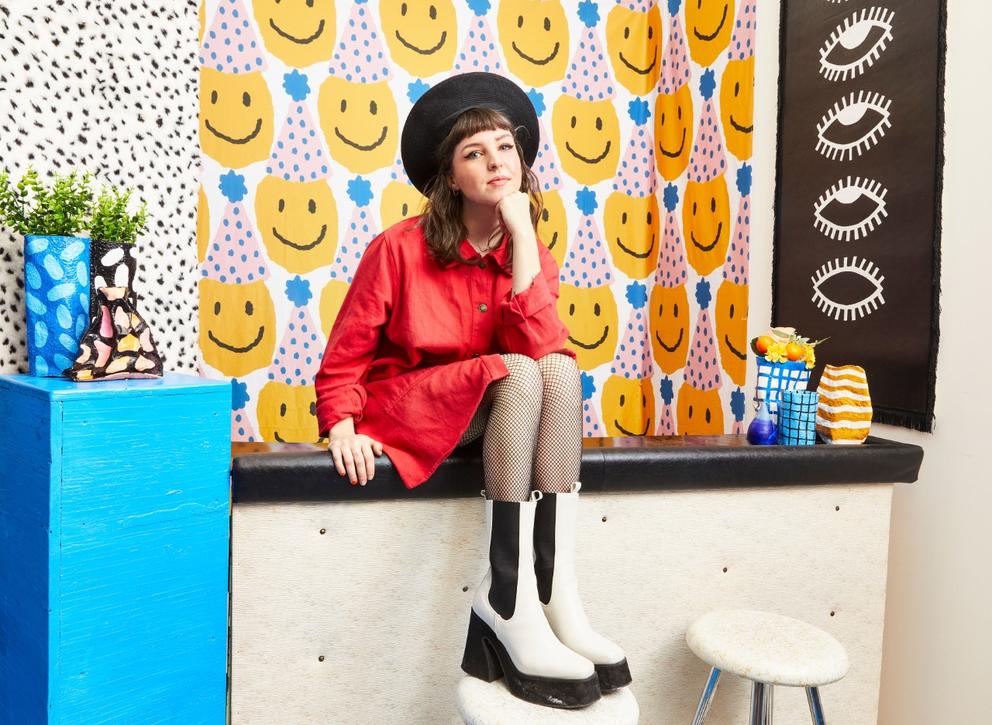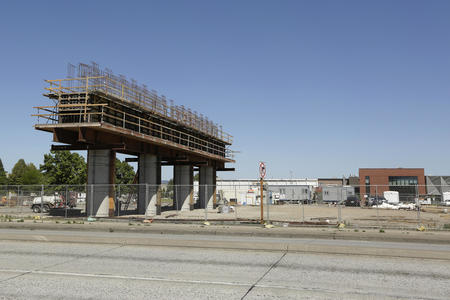In these uncertain days, several people stepped into new arts leadership roles — a bold career move given the challenges at hand. Will fresh eyes bring fresh ideas for helping artists thrive in the city? We reached out to several new arts leaders and asked them: What are you doing to help retain arts workers and artists locally, and what is the No. 1 solution or action you want to see from philanthropists, arts organizations or elected officials? Here’s what they had to say.
Responses are edited and condensed for length and clarity.
Idris Goodwin
Seattle Children’s Theatre
“The No. 1 solution: All the sectors must identify how arts and culture benefit them — directly and indirectly — and work together to ensure its sustained presence. COVID-19 brought our entire field to a dramatic (no pun intended) halt and we are still feeling the effects.
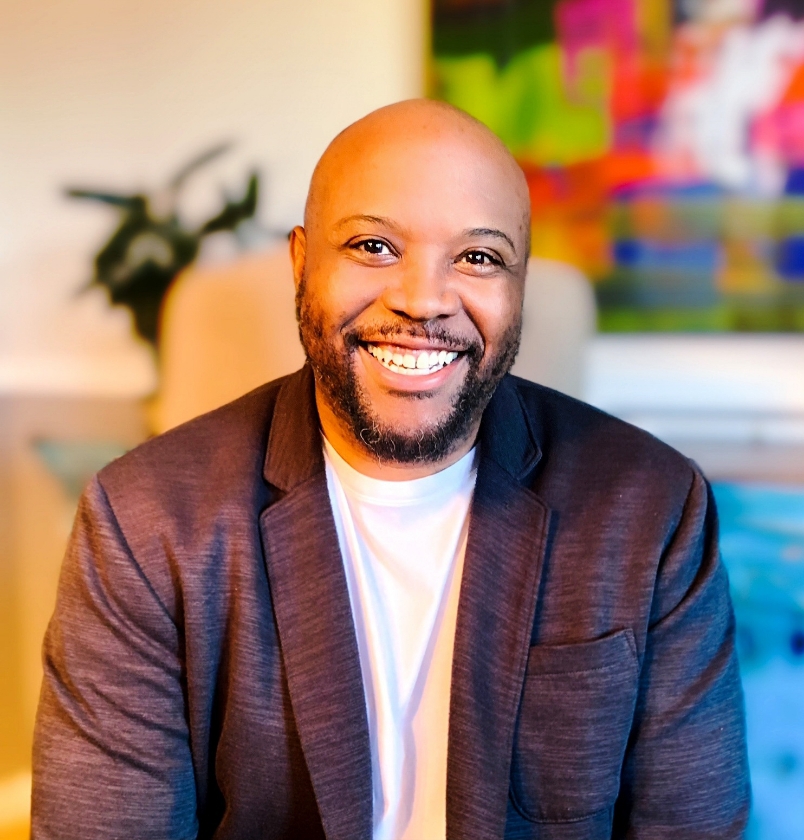
SCT recently completed a compensation study for all positions in the organization as we strive towards pay equity. We remain optimistic and forward-moving, but it is daunting, and we cannot continue to foster the kind of major impact our kids deserve without help.
If Seattle truly prides itself on a robust and active cultural landscape, it must find multitiered solutions to retain its cultural workforce — from its actors to its technicians and administrators. It will take all of us working together, thoughtfully and intentionally, across the civic and private sector.”
Idris Goodwin was appointed the new Artistic Director of Seattle Children’s Theatre this summer. A playwright, poet and former professor in the Department of Theater and Dance at Colorado College, Idris was formerly executive director of the Colorado Springs Fine Arts Center.
Joël Barraquiel Tan
Wing Luke Museum
“We’ve recently conducted a salary study to update all staff wages to the King County living wage. This is just the start of several initiatives to further invest in our greatest asset: our staff.
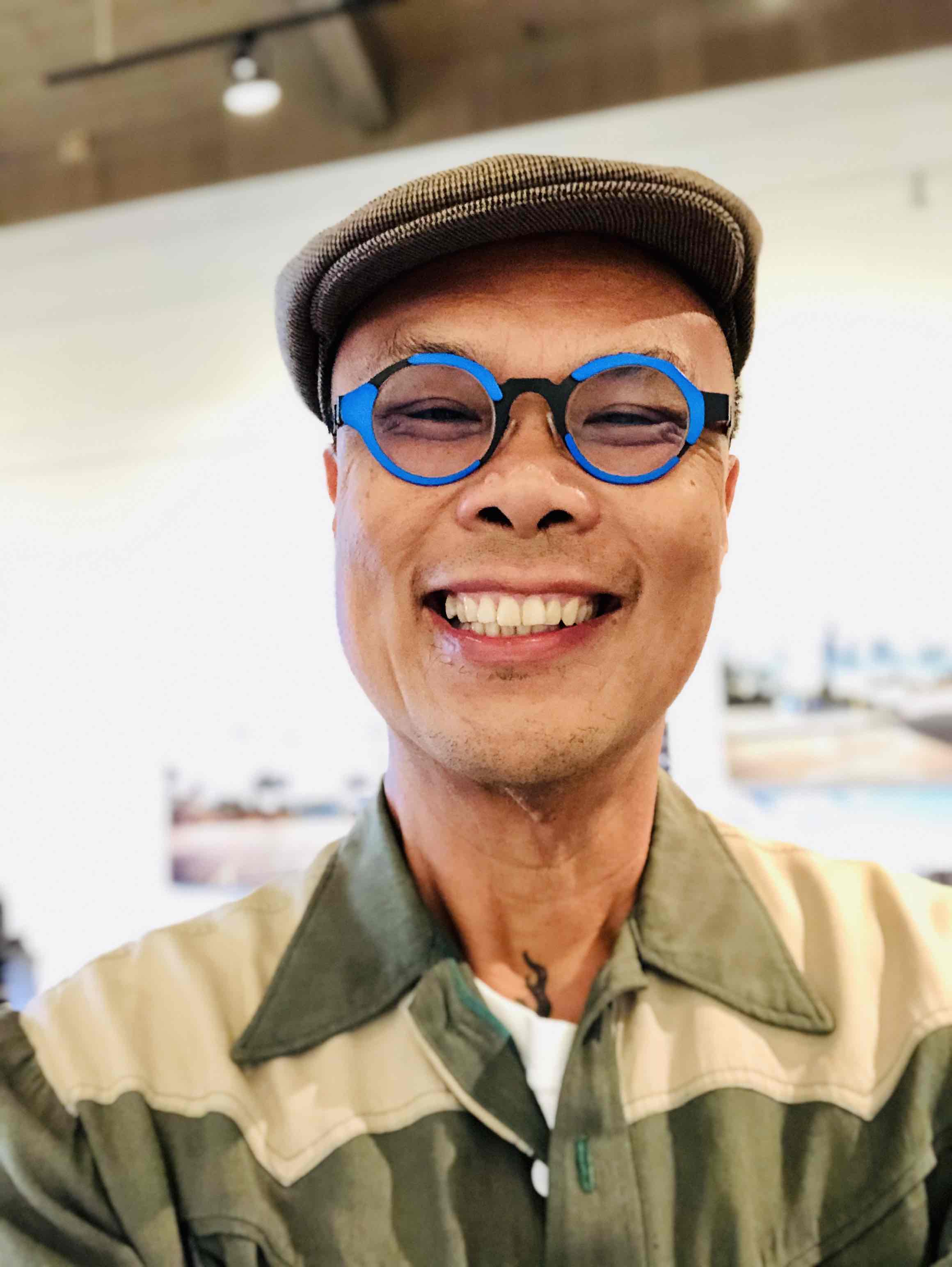
Regarding what keystone factor contributes to retaining arts workers and artists, I believe it’s important to recognize the true and total impact of arts and culture work that leads to generative public health, improved physical and mental health, and a more socially just community development. The recognition of this impact by way of research studies, and published papers about ‘arts and culture as apothecary’ would go a long way to change hearts and minds by recognizing the full-spectrum impact of the arts.”
Joël Barraquiel Tan joined the Wing Luke Museum this spring as executive director, succeeding Beth Takekawa. Formerly the director of community engagement at San Francisco’s Yerba Buena Center for the Arts and leader of several Hawaiian arts and social impact organizations, Tan will continue the Wing’s civic engagement initiatives and community-centric curatorial approach.
Calandra Childers
ArtsFund

“The simple answer is arts organizations and artists need more money. This is a sector that is undercapitalized and has been for decades, a situation utterly exacerbated by the pandemic. We need a wholesale narrative shift regarding the role of arts in our communities.
As we recover from the financial impacts and social isolation of the past several years, the arts are a key tool to address and engage well-being. That’s going to require investment from both public and private sources at levels that allow organizations and artists to flourish.
At the end of the day, a healthy arts ecosystem makes the places we live better, the same way parks, libraries and schools do. We need a change in narrative from our leaders – a real understanding of the role that the arts play, and partnership in investing in our collective quality of life.”
Calandra Childers joined ArtsFund, a local art-granting organization, in September as its new vice president of strategic initiatives and communications. She was previously the deputy director at Seattle’s Office of Arts & Culture, where she oversaw and managed the transformation and cultural activation of King Street Station.
Mary Anne Carter
Museum of Museums
“One of the most important elements of a healthy art community is space for artists to gather, exchange ideas, and exhibit their work to the public… By showing over 1,000 emerging and mid-career artists from the region a year, MoM offers over 1,000 opportunities for people to come into contact with art they like, can learn from, or draw inspiration [from].
We need more of everything — more spaces, more arts funding, more patrons, more arts publications, more artists. What brings vitality and sustainability to an art community is not one single element, so there is no singular solution for reviving it. We undoubtedly need higher wages and more affordable housing solutions, but people aren’t leaving Seattle for New York for those things explicitly. The draw to other cities is an ecosystem of consumers, philanthropists, arts organizations and elected officials all working to cultivate a habitable community for the arts.
It can be fatiguing as an artist to watch your community dissipate while we argue about singular fixes. We need to consider, on a granular level, what we can all do to support the arts and do it with urgency while putting pressure on those with wealth and political power to do their part. Now, more than ever, is the time to go to art shows, bring your friends, purchase local work, share upcoming events, mail in that ballot with your vote towards increased art funding, support arts media coverage, and lift up the efforts of the artists that are here now.”
Mary Anne Carter became the new director of Seattle’s Museum of Museums in August, replacing founder and director Greg Lundgren. A longtime Seattle artist, illustrator and curator, Carter is known for her wit and arts advocacy, and will continue MoM’s DIY, artist-run philosophy.
José Carlos Diaz
Seattle Art Museum
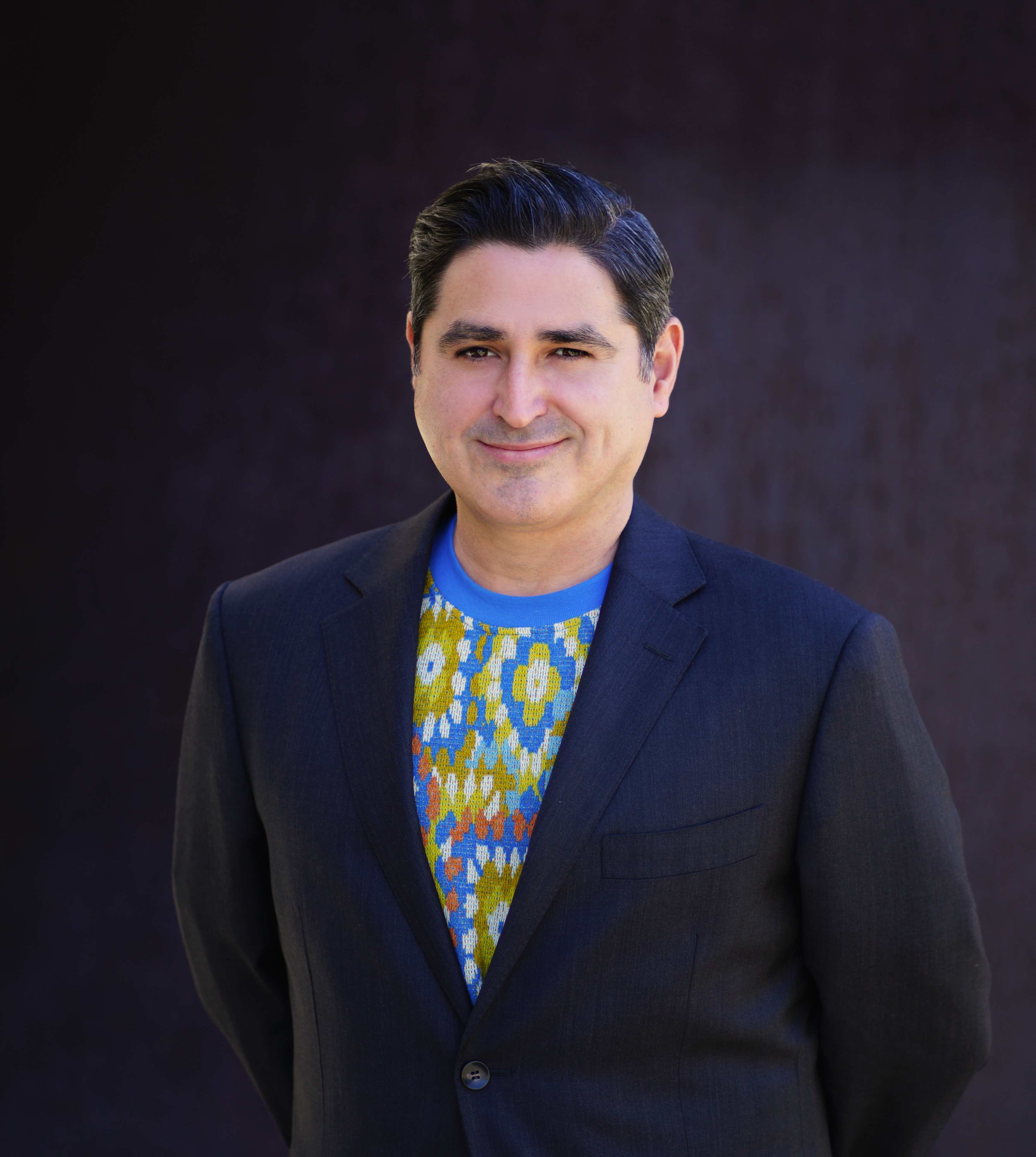
“The country is in a state of flux, but I refuse to think that the arts will vanish in Seattle, because artists have always persevered. Personally, I’d like to see city government address the urgent need for affordable housing; I’m new to Seattle, but between those without shelter and those struggling to stay here, I think there needs to be sustainability for those who make Seattle home.
As Seattle continues to recover from the pandemic, many artists of all disciplines will continue to leave, but just as many creative people from other places will settle here. SAM will continue to offer opportunities to artists through our content and programming.”
José Carlos Diaz is the Seattle Art Museum’s new Susan Brotman Deputy Director for Art as of July 2022. Formerly chief curator at The Andy Warhol Museum in Pittsburgh and an expert in contemporary art, Diaz succeeds Chiyo Ishikawa, who retired in 2020 after 30 years at the museum.
Tom Mara
Seattle International Film Festival
“We’re witnessing musicians leaving, we’re witnessing art workers leaving. That can’t be good for our economy and for the vibrancy of our communities… I think initiatives to construct affordable housing for artists [are an interesting idea].
The other thing that is important for the future of the arts is practice spaces and creating spaces. The current state of practice spaces for musicians is very poor, in terms of access.
There have been some examples where a housing project has included a stage on their first floor [to] invite artists to perform. I talked to a developer a couple of years ago who was asking me about how they could further support the music community. And I said: ‘Well, you could think about including practice spaces.’
We are a music town, we’re a film town, we’re an arts town, and it [requires] all of us taking a step back and examining how we could uphold the artists — taking an artists-first perspective, as we’re thinking about our philanthropy, as we’re thinking about our budgets, our annual plans, as arts organizations, as businesses. It all comes down to: art makes lives better.”
In August, Tom Mara became the new executive director of SIFF, the nonprofit behind the Seattle International Film Festival, three local movie theaters and a host of indie film programming. Previously, Mara led the local radio station KEXP for two decades.
Get the latest in local arts and culture
This weekly newsletter brings arts news and cultural events straight to your inbox.

